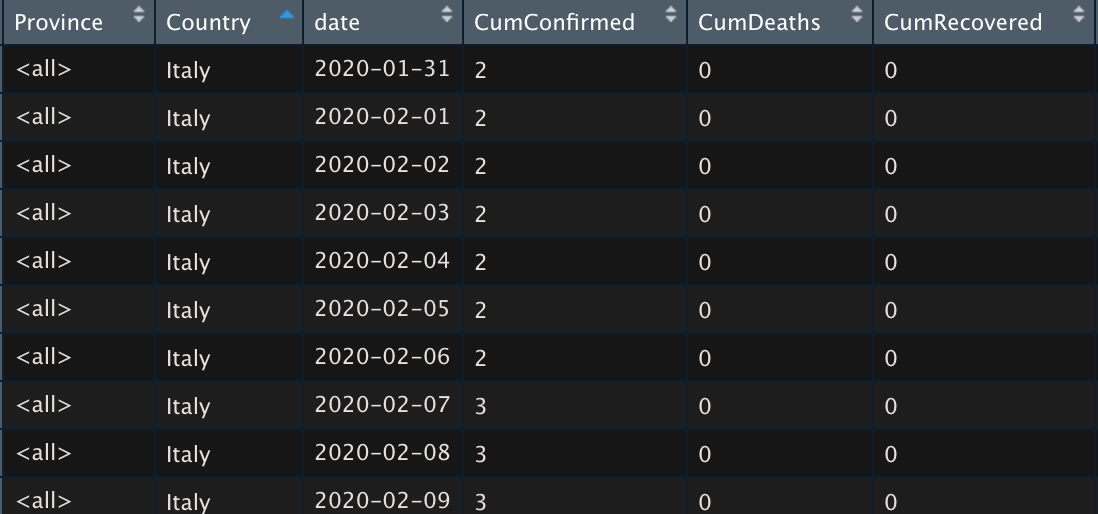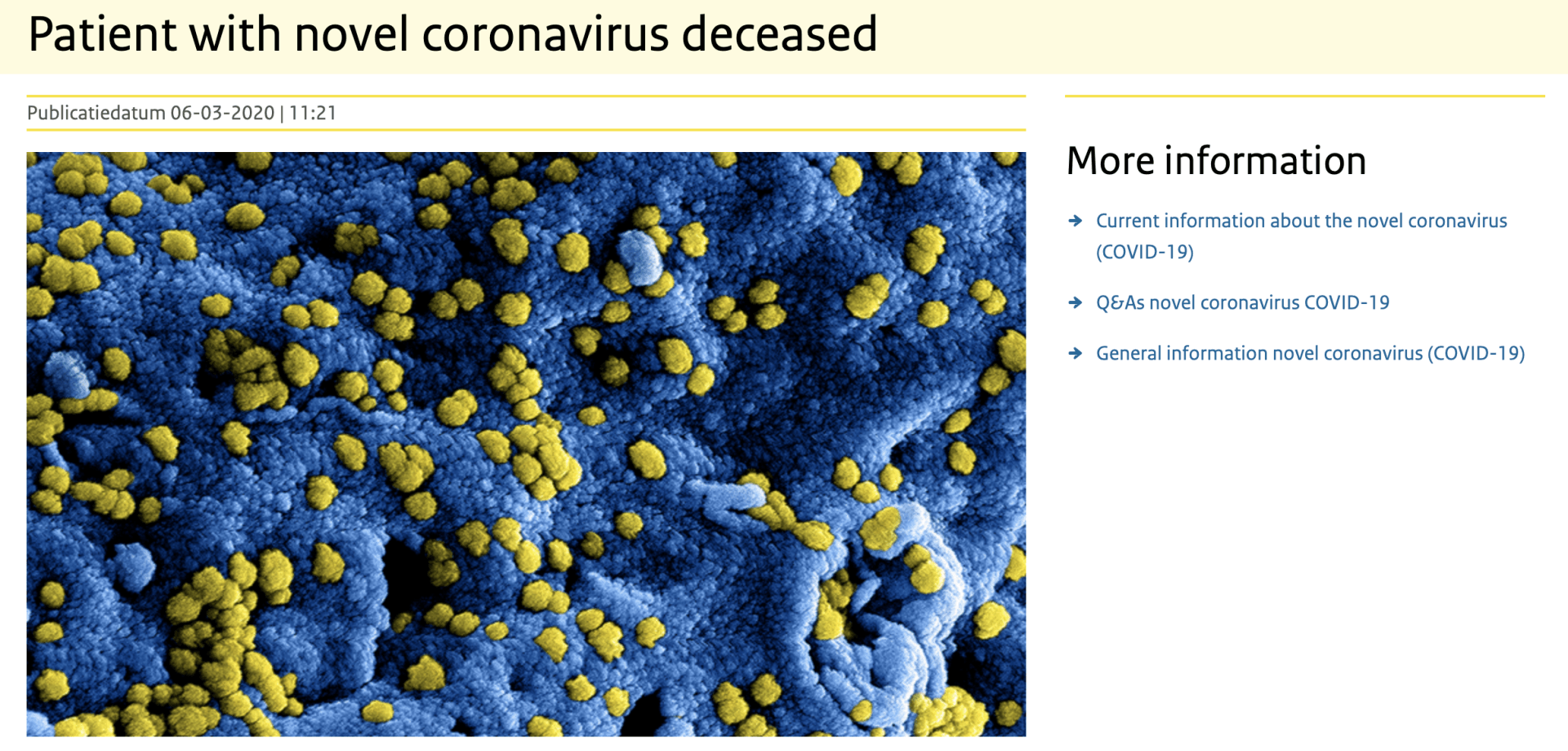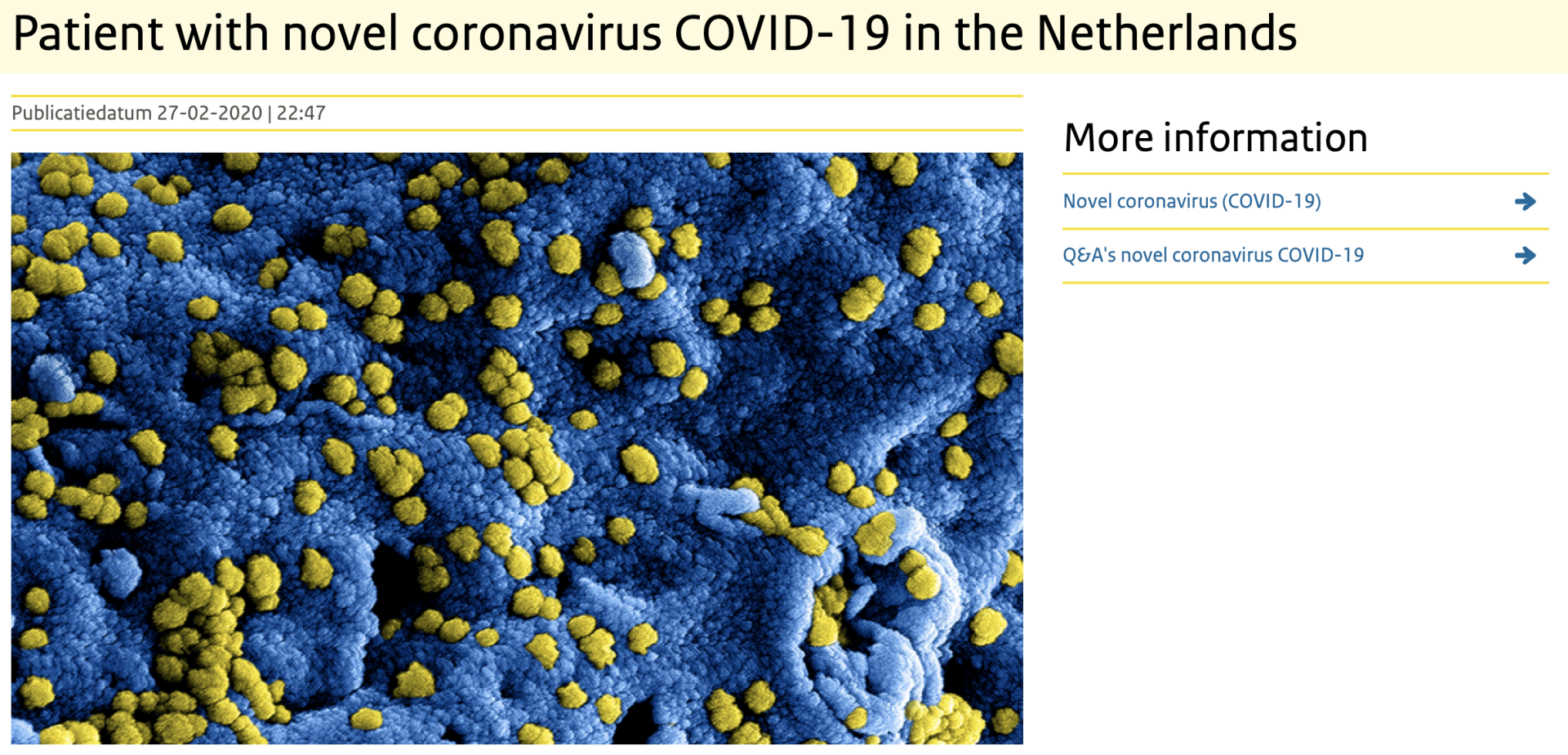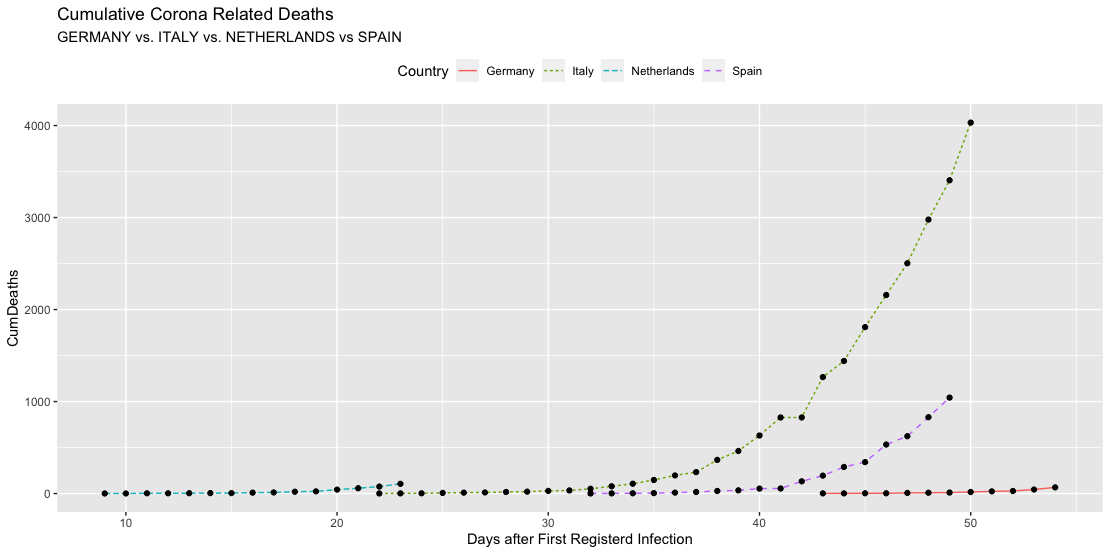Managerial Implication
The reason why I am paying extra attention to the research question formulation phase in the research (and for that sake any data science initiative) is that in practise I see that accountability of data science initiatives might seem arguable in a lot of (more) commercial settings. I believe that clearly translating observations into research questions and hypothesises will help these discussions and make transparent - the added value data science has in your organisation.









